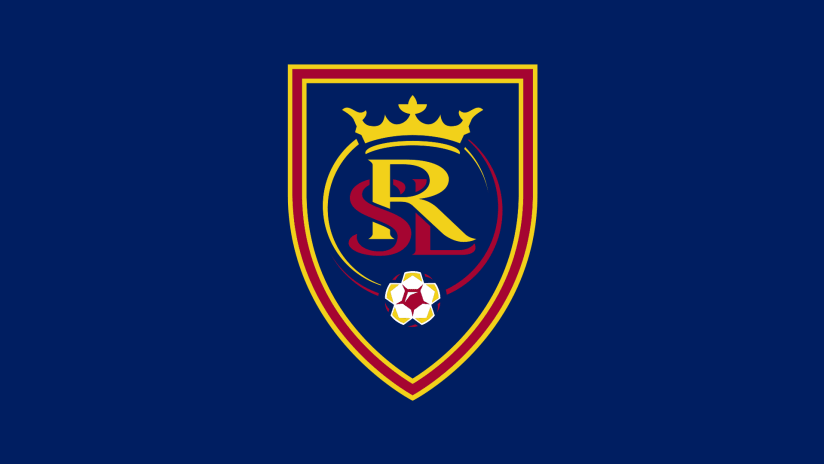Marcelo Bielsa is the high lord of pressing soccer, as influential in this day and age as Johan Cruyff was in the 1980s and 1990s, and as much as Cryuff's mentor Rinus Michels was in the 1970s. He has created the template that so, so many others in this day and age follow.
Included amongst his disciples is one Gerardo "Tata" Martino, the newly named head coach of Atlanta United and a man who's been both a competitor with and an imitator of Bielsa in his overall approach to the game.
To be fair to Martino, calling him a disciple of Bielsa is a bit strong, and I wouldn't go so far to call him an out-and-out bielsista. He has traditionally, for example, eschewed any system that doesn't primarily use three at the back, and while Bielsa still throws some absolutely bonkers man-marking schemes onto the pitch, Martino – with Paraguay, Barcelona and Argentina, and if I were a less honest man I could pretend to remember something about his brief stint with Newell's Old Boys – almost always had his team play in a zonal scheme. Those are not insignificant differences.
But they're not as significant as the "sames":
Martino believes in high, hard pressure. You can expect Atlanta to throw numbers forward and try to win the game in the moments just after the ball changes possession. The entire backline will spend a good chunk of time in the attacking half, which was mostly unthinkable until Bielsa took over with Argentina in the late 1990s.
Martino has his team try to play direct, high-tempo soccer through the lines. By this I mean there's no impetus for his team to put their foot on the ball and slow things down while looking to establish a rhythm or swing the game from sideline to sideline. It's not quite the antithesis of tiki-taka in practice, but it is in theory and that, in turn, caused him real problems at Barcelona. Honestly I think it eventually led to his dismissal.
I like this kind of soccer quite a bit, but like any other system, it's fallible. If you run into a team that's compact and disciplined and has chemistry, they can close down those gaps Martino wants his team to hit, and there's no better example than this past summer's Copa America final:
h/t to Grant Wahl for the screenshot
Chile mostly shut down Argentina by refusing to turn the ball over in bad spots, and then refusing to let Argentina play through the lines to the point that most of the game was Lionel Messi trying to go 1-v-9 (and since he's Messi, that wasn't actually the worst choice and Argentina probably should have won).
There's no Messi at Atlanta United, of course. That means Martino will have to be better about figuring out a Plan B at this stop than he was in his previous two.
This may be a weird thing to say about a guy who coached Messi at the last two teams he managed (FC Barcelona and Argentina), but in each one of those squads, it's been the defensive midfielder who's been the most important piece. In Barcelona it was Sergio Busquets who was tasked with linking the backline to the midfield and the attack, while with Argentina it was Javier Mascherano.
Martino, like Bielsa, wants that true No. 6 to hold that role because his offense requires both fullbacks to overlap with something bordering on reckless abandon, while the wingers start wide (thus pulling the opposing defense apart) before cutting inside to force numbers into the box. Neither group will cross all that much.
If the d-mid can't keep things organized and tight, then Atlanta will get repeatedly scorched on breakaways. I think the natural assumption is that English Premier League and Championship veteran Chris McCann, a natural defensive midfielder, will get the job. But Martino has, like Bielsa, oftentimes preferred pushing midfielders into the back line in order to get one more technical player onto the field.
There's no guarantee that's how this will work out, but it's a distinct possibility.
None of the above is revolutionary stuff, but it is both modern and familiar. Atlanta United will probably look something like the New York Red Bulls though perhaps with a bit more reluctance to cross the ball, combined with something close to what the Philadelphia Union are doing. Philly play through target forward C.J. Sapong while New York play toBradley Wright-Phillips, and Atlanta's DP No. 9Kenwyne Jones is much better suited to the former's role.
Expect Jones to act as the fulcrum, then – the fixed point off of whom young wingers Hector Villalba, Jeffrey Otoo and Andrew Carleton (the Powder Springs Pulisic, as I have decided to call him) run and find space.
It's an aggressive hire by Atlanta, and certainly a signal of intent regarding how they want to play and how seriously they want to be taken in the world market. Names as big as Martino's have not traditionally managed in MLS, and although that is changing, it is still, in and of itself, something of a win.
But if the hire is going to be successful, he'll have to nail the same exact things that are important in literally every market: Do your young players improve? Does your team have balance on both sides of the ball? Are your best players in their best spots? Does your team have a defined identity?
Martino's answered those questions in the affirmative in other leagues in the past. Here and now, he'll have to do the same once again.













